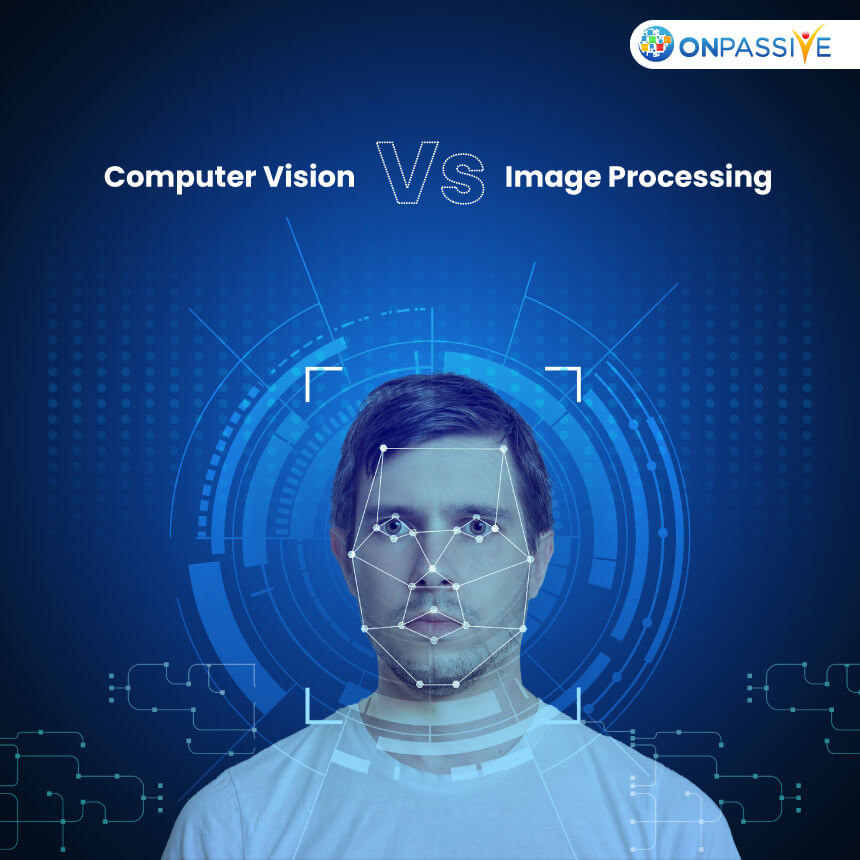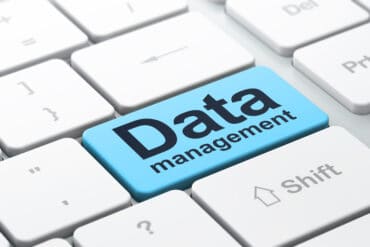Intel Hopes To Accelerate Data Center & Edge With A Slew Of Chips

McVeigh noted that Intel’s integrated accelerators will be complemented by the
upcoming discrete GPUs. He called the Flex Series GPUs “HPC on the edge,” with
their low power envelopes, and pointed to Ponte Vecchio – complete with 100
billion transistors in 47 chiplets that leverage both Intel 7 manufacturing
processes as well as 5 nanometer and 7 nanometer processes from Taiwan
Semiconductor Manufacturing Co – and then Rialto Bridge. Both Ponte Vecchio and
Sapphire Rapids will be key components in Argonne National Labs’ Aurora exascale
supercomputer, which is due to power on later this year and will deliver more
than 2 exaflops of peak performance. .... “Another part of the value of the
brand here is around the software unification across Xeon, where we leverage the
massive amount of capabilities that are already established through decades
throughout that ecosystem and bring that forward onto our GPU rapidly with
oneAPI, really allowing for both the sharing of workloads across CPU and GPU
effectively and to ramp the codes onto the GPU faster than if we were starting
from scratch,” he said.
Performance isolation in a multi-tenant database environment

Our multi-tenant Postgres instances operate on bare metal servers in
non-containerized environments. Each backend application service is considered a
single tenant, where they may use one of multiple Postgres roles. Due to each
cluster serving multiple tenants, all tenants share and contend for available
system resources such as CPU time, memory, disk IO on each cluster machine, as
well as finite database resources such as server-side Postgres connections and
table locks. Each tenant has a unique workload that varies in system level
resource consumption, making it impossible to enforce throttling using a global
value. This has become problematic in production affecting neighboring
tenants:Throughput. A tenant may issue a burst of transactions, starving shared
resources from other tenants and degrading their performance. Latency: A single
tenant may issue very long or expensive queries, often concurrently, such as
large table scans for ETL extraction or queries with lengthy table locks. Both
of these scenarios can result in degraded query execution for neighboring
tenants. Their transactions may hang or take significantly longer to execute due
to either reduced CPU share time, or slower disk IO operations due to many seeks
from misbehaving tenant(s).
Quantum Encryption Is No More A Sci-Fi! Real-World Consequences Await

Quantum will enable enterprise customers to perform complex simulations in
significantly less time than traditional software using quantum computers.
Quantum algorithms are very challenging to develop, implement, and test on
current Quantum computers. Quantum techniques also are being used to improve the
randomness of computer-based random number generators. The world’s leading
quantum scientists in the field of quantum information engineering, working to
turn what was once in the realm of science fiction. Businesses need to deploy
next-generation data security solutions with equally powerful protection based
on the laws of quantum physics, literally fighting quantum computers with
quantum encryption Quantum computers today are no longer considered to be
science fiction. The main difference is that quantum encryption uses quantum
bits or qubits comprised of optical photons compared to electrical binary digits
or bits. Qubits can also be inextricably linked together using a phenomenon
called quantum entanglement.
What Is The Difference Between Computer Vision & Image processing?

We are constantly exposed to and engaged with various visually similar objects
around us. By using machine learning techniques, the discipline of AI known as
computer vision enables machines to see, comprehend, and interpret the visual
environment around us. It uses machine learning approaches to extract useful
information from digital photos, movies, or other observable inputs by
identifying patterns. Although they have the same appearance and sensation, they
differ in a few ways. Computer vision aims to distinguish between, classify, and
arrange images according to their distinguishing characteristics, such as size,
color, etc. This is similar to how people perceive and interpret images. ...
Digital image processing uses a digital computer to process digital and optical
images. A computer views an image as a two-dimensional signal composed of pixels
arranged in rows and columns. A digital image comprises a finite number of
elements, each located in a specific place with a particular value. These
so-called elements are also known as pixels, visual, and image elements.
Lessons in mismanagement

In the decades since the movie’s release, the world has become a different place
in some important ways. Women are now everywhere in the world of business, which
has changed irrevocably as a result. Unemployment is quite low in the United
States and, by Continental standards, in Europe. Recent downturns have been
greeted by large-scale stimuli from central banks, which have blunted the impact
of stock market slides and even a pandemic. But it would be foolish to think
that the horrendous managers and desperate salesmen of Glengarry Glen Ross exist
only as historical artifacts. Mismanagement and desperation go hand in hand and
are most apparent during hard times, which always come around sooner or later.
By immersing us in the commercial and workplace culture of the past, movies such
as Glengarry can help us understand our own business culture. But they can also
help prepare us for hard times to come—and remind us how not to manage, no
matter what the circumstances. ... Everyone, in every organization, has to
perform.
How the energy sector can mitigate rising cyber threats

As energy sector organisations continue expanding their connectivity to improve
efficiency, they must ensure that the perimeters of their security processes
keep up. Without properly secured infrastructure, no digital transformation will
ever be successful, and not only internal operations, but also the data of
energy users are bound to become vulnerable. But by following the above
recommendations, energy companies can go a long way in keeping their
infrastructure protected in the long run. This endeavour can be strengthened
further by partnering with cyber security specialists like Dragos, which
provides an all-in-one platform that enables real-time visualisation, protection
and response against ever present threats to the organisation. These
capabilities, combined with threat intelligence insights and supporting services
across the industrial control system (ICS) journey, is sure to provide peace of
mind and added confidence in the organisation’s security strategy. For more
information on Dragos’s research around cyber threat activity targeting the
European energy sector, download the Dragos European Industrial Infrastructure
Cyber Threat Perspective report, here.
How to hire (and retain) Gen Z talent

The global pandemic has forever changed the way we work. The remote work model
has been successful, and we’ve learned that productivity does not necessarily
decrease when managers and their team members are not physically together. This
has been a boon for Gen Z – a generation that grew up surrounded by technology.
Creating an environment that gives IT employees the flexibility to conduct their
work remotely has opened the door to a truly global workforce. Combined with the
advances in digital technologies, we’ve seen a rapid and seamless transition in
how employment is viewed. Digital transformation has leveled the playing field
for many companies by changing requirements around where employees need to work.
Innovative new technologies, from videoconferencing to IoT, have shifted the
focus from an employee’s location to their ability. Because accessing
information and managing vast computer networks can be done remotely, the
location of workers has become a minor issue.
'Sliver' Emerges as Cobalt Strike Alternative for Malicious C2

Enterprise security teams, which over the years have honed their ability to
detect the use of Cobalt Strike by adversaries, may also want to keep an eye out
for "Sliver." It's an open source command-and-control (C2) framework that
adversaries have increasingly begun integrating into their attack chains. "What
we think is driving the trend is increased knowledge of Sliver within offensive
security communities, coupled with the massive focus on Cobalt Strike [by
defenders]," says Josh Hopkins, research lead at Team Cymru. "Defenders are now
having more and more successes in detecting and mitigating against Cobalt
Strike. So, the transition away from Cobalt Strike to frameworks like Sliver is
to be expected," he says. Security researchers from Microsoft this week warned
about observing nation-state actors, ransomware and extortion groups, and other
threat actors using Sliver along with — or often as a replacement for — Cobalt
Strike in various campaigns. Among them is DEV-0237, a financially motivated
threat actor associated with the Ryuk, Conti, and Hive ransomware families; and
several groups engaged in human-operated ransomware attacks, Microsoft said.
Data Management in the Era of Data Intensity

When your data is spread across multiple clouds and systems, it can introduce
latency, performance, and quality problems. And bringing together data from
different silos and getting those data sets to speak the same language is a
time- and budget-intensive endeavor. Your existing data platforms also may
prevent you from managing hybrid data processing, which, as Ventana Research
explains, “enable[s] analysis of data in an operational data platform without
impacting operational application performance or requiring data to be extracted
to an external analytic data platform.” The firm adds that: “Hybrid data
processing functionality is becoming increasingly attractive to aid the
development of intelligent applications infused with personalization and
artificial intelligence-driven recommendations.” Such applications are clearly
important because they can be key business differentiators and enable you to
disrupt a sector. However, if you are grappling with siloed systems and data and
legacy technology that is unable to ingest high volumes of complex data fast so
that you can act in the moment, you may believe that it is impossible for your
business to benefit from the data synergies that you and your customers might
otherwise enjoy.
How to Achieve Data Quality in the Cloud
Everybody knows data quality is essential. Most companies spend significant
money and resources trying to improve data quality. However, despite these
investments, companies lose money yearly because of insufficient data, ranging
from $9.7 million to $14.2 million annually. Traditional data quality programs
do not work well for identifying data errors in cloud environments because:Most
organizations only look at the data risks they know, which is likely only the
tip of an iceberg. Usually, data quality programs focus on completeness,
integrity, duplicates and range checks. However, these checks only represent 30
to 40 percent of all data risks. Many data quality teams do not check for data
drift, anomalies or inconsistencies across sources, contributing to over 50
percent of data risks. The number of data sources, processes and applications
has exploded because of the rapid adoption of cloud technology, big data
applications and analytics. These data assets and processes require careful data
quality control to prevent errors in downstream processes. The data engineering
team can add hundreds of new data assets to the system in a short
period.
Quote for the day:
"Problem-solving leaders have one thing
in common: a faith that there's always a better way." --
Gerald M. Weinberg
No comments:
Post a Comment